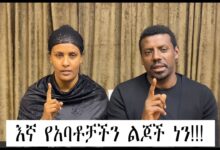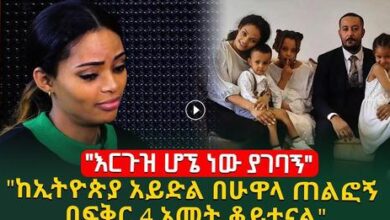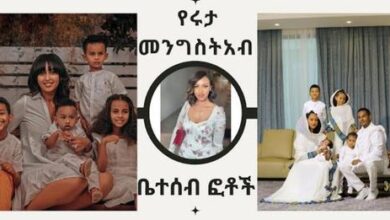Amazing voice from Zema Yared
The new government, drove by a Tigrayan, the EPRDF executive Meles Zenawi, guaranteed that it would democratize Ethiopia through acknowledgment of the country’s ethnic heterogeneity. No longer would Ethiopia be kept up with forcibly; rather, it would be an intentional league of its many people groups. To this end the EPRDF and other political gatherings, including the OLF, consented to the production of a temporary government that would design another constitution and decisions, to a public contract that perceived an ethnic division of political power, and to one side of identities to withdraw from Ethiopian — hence making ready for Eritrea’s lawful freedom, which was true on May 24, 1993.
The laborers promptly deserted their new towns for their old estates, destroyed cooperatives, and rearranged land and capital merchandise. They catapulted or disregarded party and government functionaries, in a few cases killing obstinate overseers. The system was in this manner debilitated in the open country — not least in southern Ethiopia, where the long-torpid Oromo Freedom Front (OLF) became dynamic. By May 1991, with EPRDF powers controlling Tigray, Welo, Gonder, Gojam, and about portion of Shewa, clearly the military didn’t have adequate spirit, labor supply, weapons, weapons, and administration to stop the agitators’ development on Addis Ababa. Mengistu escaped to Zimbabwe, and on May 28 the EPRDF took power.











